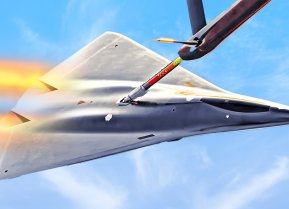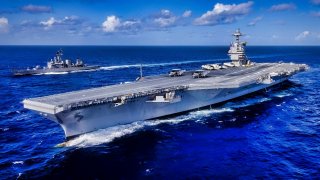Ford-Class Aircraft Carrier: Most Expensive Warship Ever a $120,000,000,000 Mistake?
The U.S. Navy's Gerald R. Ford-class aircraft carriers represent a significant leap in naval technology and capability. However, with a total cost of $120 billion, many naval experts wonder if the investment is worth it.
Summary and What You Need to Know: The U.S. Navy's Gerald R. Ford-class aircraft carriers represent a significant leap in naval technology and capability. However, with a total cost of $120 billion, many naval experts wonder if the investment is worth it.
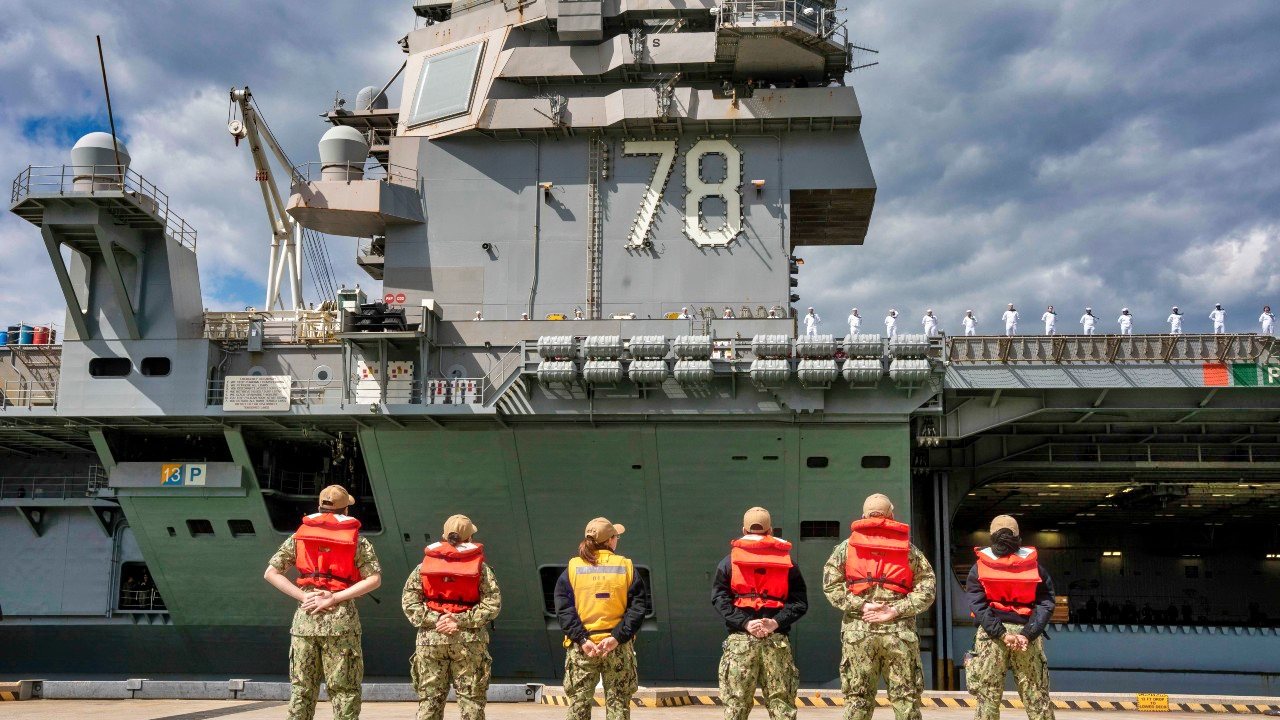
-Designed to replace the aging Nimitz-class ships, the Ford-class features advanced systems like the Electromagnetic Aircraft Launch System (EMALS) and Advanced Arresting Gear (AAG), enabling a 25% increase in sortie rates.
-Powered by a new Bechtel A1B nuclear reactor, these carriers are more efficient and require fewer crew members. Despite their $13 billion price tag, the Navy argues that their enhanced capabilities justify the cost.
-The USS Gerald R. Ford has already demonstrated its effectiveness, launching over 8,000 sorties during recent deployments. With global tensions rising, the timely introduction of remaining Ford-class carriers is crucial for maintaining U.S. naval superiority.
USS Gerald R. Ford: The Navy's Most Advanced Aircraft Carrier Shows Its Might
While the U.S. Navy’s latest Gerald R. Ford-class may be delayed and highly priced, these formidable aircraft carriers are essential to preserving American security interests out at sea.
In fact, when the Israel-Hamas war first broke out on October 7, 2023, USS Gerald R. Ford immediately deployed to the eastern Mediterranean as part of a U.S. show of force.
The robust carrier proved it was ready to see action, launching more than 8,000 sorties during this mission.
Designed to replace the existing Enterprise Nimitz-class ships, the nuclear-powered carriers will sport a litany of advancements.
From enhanced design features and upgraded electronic capabilities, the new class will also improve efficiency and reduce operating costs since smaller numbers of crews will be needed onboard.
The history of the Ford-class ships:
For nearly fifty years, the Navy’s Nimitz-class carriers have ruled the seas.
These formidable ships can displace roughly 100,000 tons when fully loaded, and can sail at speeds in excess of 30 knots, powered by two A4W nuclear reactors. When the service first constructed this class, it required that it would be able to withstand three times the amount of damage inflicted on the earlier Essex carriers by Japanese air attacks during the Second World War. For this reason, exemplary safety features and intentional design plans are incorporated onboard.
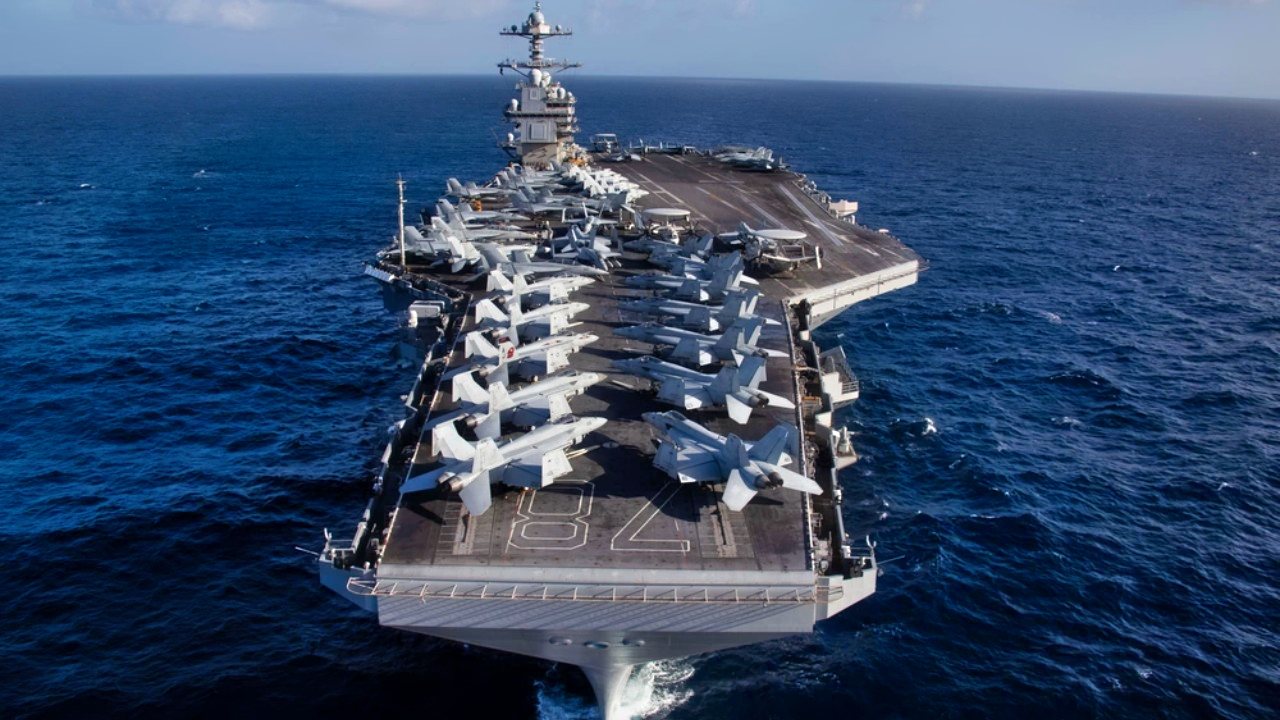
While the Nimitz ships have proven to be a huge asset for the Navy, upgraded over the years in order to retain an edge over competitors, these carriers are limited in their ability to support more modern technical advances.
The Ford-class ships were derived from the Navy’s CVN-21 program, which prioritized the research and design of a future aircraft carrier. Specifically, the Navy prioritized the incorporation of an Electromagnetic Aircraft Launch System (EMALS), an Advanced Arresting Gear and a Ship Self-Defense Launch System in the new carriers.
These advances function better to send aircraft of different weights and sizes into the air, and they will also require a smaller number of sailors to run the systems and perform maintenance issues.
The AAG will replace the M7 hydraulic arresting gear that was used on previous carriers, using rotary engines and energy-absorbing water turbines instead.
Equipped with these sophisticated add-ons, the Ford ships will be able to launch 25% more sorties than its predecessors. The lead ship of the class, Gerald R. Ford, was commissioned in 2017.
John F. Kennedy is expected to be commissioned by 2027, followed by Enterprise, Doris Miller, and others. Each ship in this class will measure 1,092 feet in length with beam lengths of 134 feet. The flight deck on each carrier will measure 256 feet wide.
A smaller and simpler Bechtel A1B reactor will power the Ford-class, an upgrade from the Nimitz-class A4W reactor. More significantly, engineers have ensured that future emerging technological advances can be better streamlined into the Ford-class ships. In terms of air power, the Ford will possess a full complement of F-35C Lightning IIs, F/A-18 Super Hornets, EA-18G Growler electronic warplanes and E-2D Advanced Hawkeyes, which can all fly 160 sorties per day or surge to over 200 per day during combat.
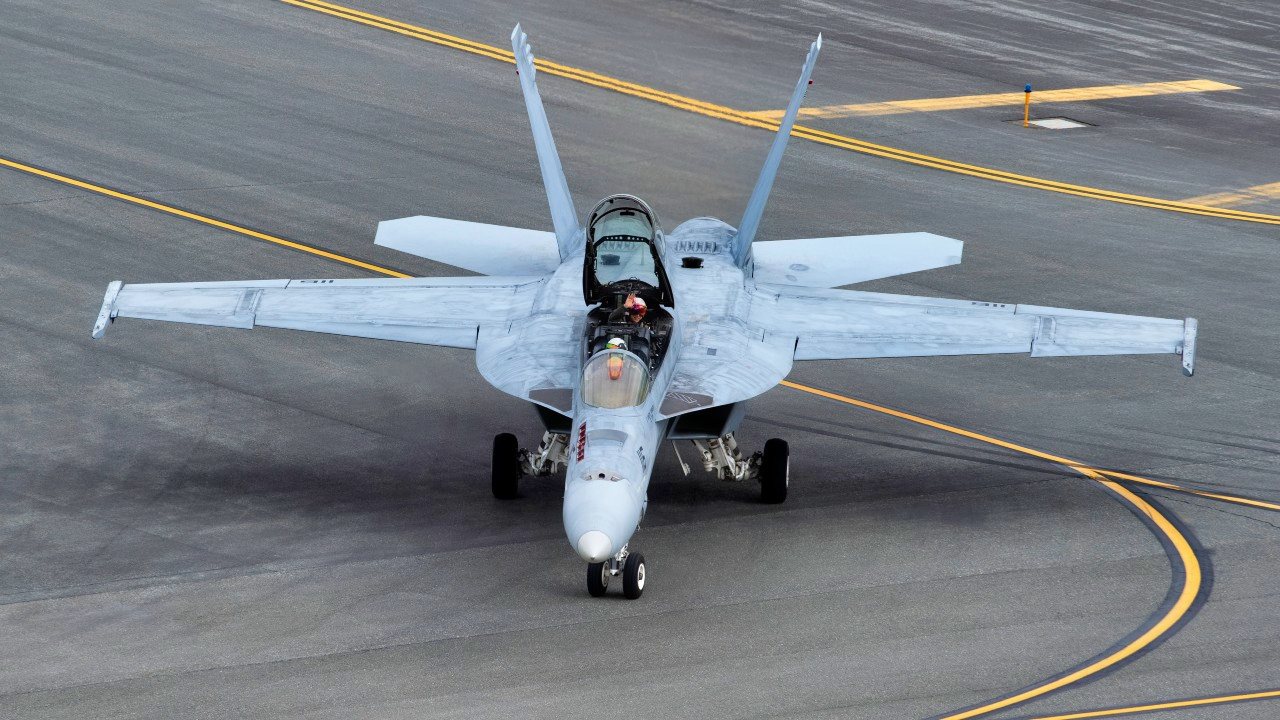
In order to support these flight operations, the Ford-class hulls are being constructed with increased survivability measures.
According to How Stuff Works, the Fords’ hull “is made up of extremely strong steel plates, measuring several inches thick. This heavy body is highly effective protection against fire and battle damage.” For structural support, “three horizontal structures extending across the entire hull: the keel (the iron backbone on the bottom of the ship), the flight deck and the hangar deck.” Additionally, “The hull portion below the water line is rounded and relatively narrow, while the section above water flares out to form the wide flight-deck space,” How Stuff Works explains. “The lower section of the ship has a double bottom, which is pretty much what it sounds like – there are two layers of steel plating: the bottom plating of the ship and another layer above it … the double bottom provides extra protection from torpedoes or accidents at sea.”
What about the hefty cost?
Shockingly, many nations don’t possess annual GDPs higher than the price of a single Ford-class ship.
Priced at a whopping $13 billion per unit, this carrier class will be expected to project air power around the globe. The Navy has argued that this high price tag is more than justified by the class’ capabilities.
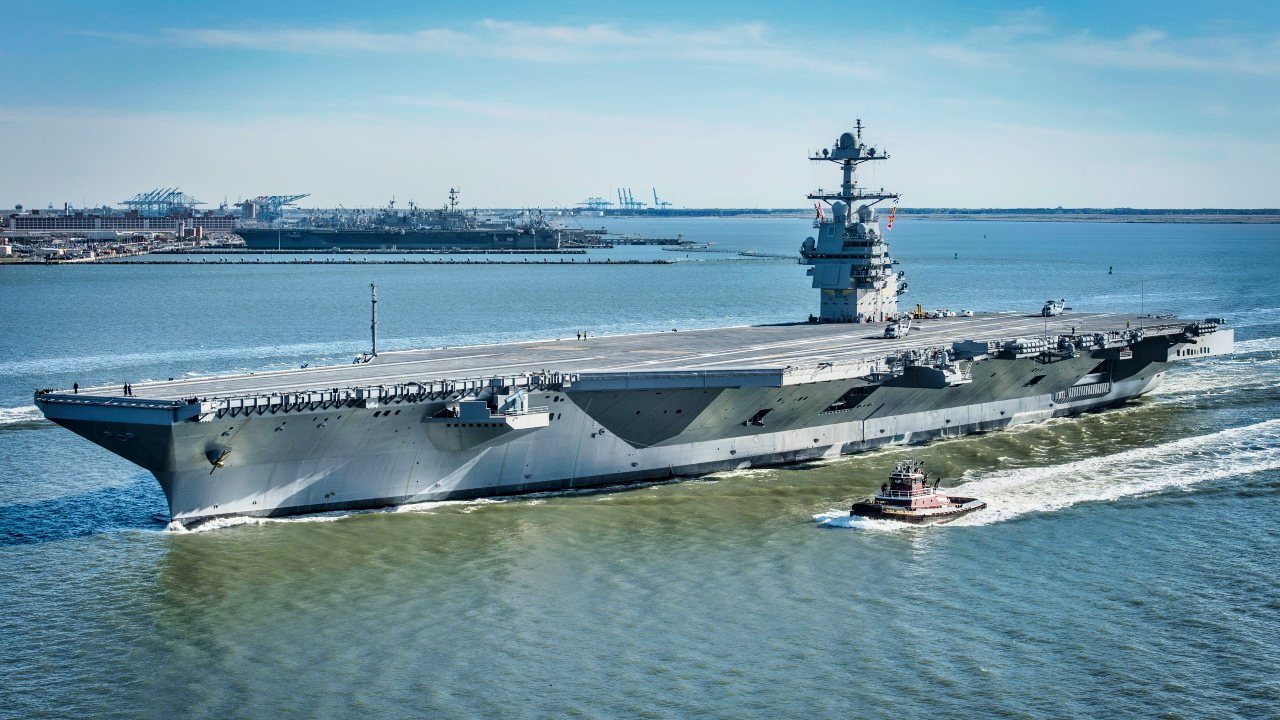
Its Sortie Generation Rate (SGR), which tracks the rate at which aircraft are able to launch from a carrier, places the Ford much higher than preceding ships. In fact, the Ford is designed to have a 33% higher SGR than the Nimitz aircraft carriers, due to the sophisticated technologies being incorporated onboard.
Since tensions are flaring in the South China Sea and the Persian Gulf, the timely introduction of the remaining Ford-class carriers is essential. These advanced warships will undoubtedly prove their worth once in service.
About the Author: Maya Carlin
Maya Carlin, National Security Writer with The National Interest, is an analyst with the Center for Security Policy and a former Anna Sobol Levy Fellow at IDC Herzliya in Israel. She has by-lines in many publications, including The National Interest, Jerusalem Post, and Times of Israel. You can follow her on Twitter: @MayaCarlin.
All images are Creative Commons.
